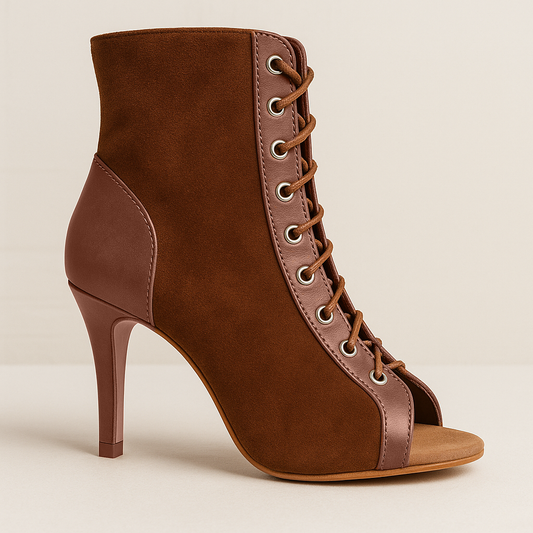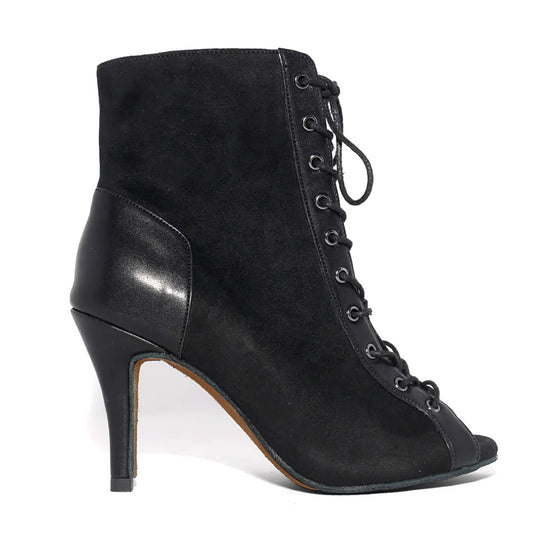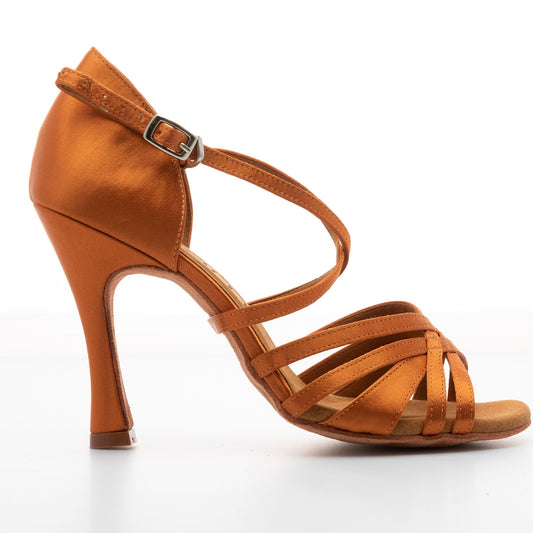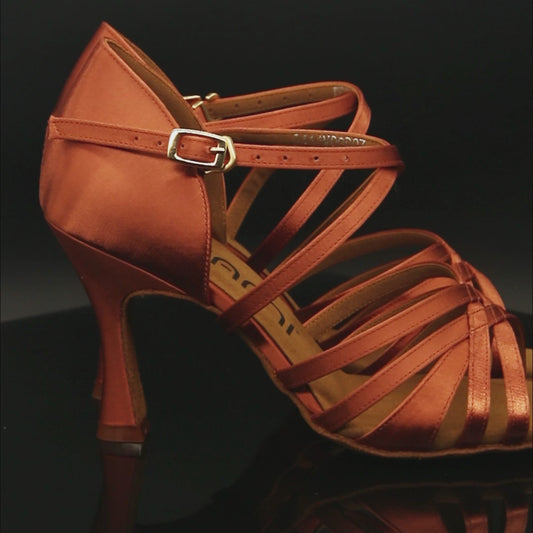
Photo Credit: Freepik
The feet and legs may be a dancer’s best assets, but a powerful upper body is just as crucial in dance! Dancing, like social dancing, is a full-body activity. The lower body is, no doubt, putting in more work. But the upper body works just hard, especially for weight-bearing, gesturing, and partnering in dance.
This means the torso and upper limbs have to be in constant motion to dance to a beat and be in sync with a dance partner. One wrong move could lead to a ruined performance, at the very least. If you've been neglecting your upper body, you are putting yourself at risk of injury.
Upper Body Muscles
- Pectoralis major and minor (chest muscles)
- Rotator cuffs
- Deltoids (shoulder muscles)
- Latissimus dorsi (middle back and obliques)
- Trapezius (upper back muscles)
- Biceps
- Triceps
- Forearm muscles
Although the core is not a part of the upper body’s muscle group, the chest and back are part of the core and upper body muscle groups.
With a stronger upper body, you can push, pull, and press with the arms and take complete control of the range of motion. Usually, upper body strength is built with resistance training.
Benefits of Conditioning the Upper Body in Dance
Better Form: Looking good on the dance floor isn’t just about wearing a nice outfit or your favorite Yami dance shoes. It akes a lot of upper bodywork. When the upper body is strong and flexible, it's easy to execute complex dance moves and look good while at it. It's also easy to achieve the proper form when the upper body is perfectly conditioned.
Stronger Joints: The upper body acts and reacts according to the force and energy that the muscles put out. When putting weight on the upper body, the increased pressure affects the joints and ligaments. The spine, in particular, gets strained because the bulk of the upper body weight is focused on the organ. This is the reason why the lower back hurts after workouts or rehearsals. Poor mechanics could lead to injuries. To maintain the proper alignment, the upper body muscles and joints have to be toned and strengthened.
Endurance: Dancing does take its toll on the body, especially if you’ve been making the rounds on the dance floor for hours! Upper body conditioning lets you stay on your feet longer because the muscles are stronger and more flexible. Working out regularly strengthens the lungs too, which are essential when engaged in an intense activity such as dancing. When your upper body is not in tip-top shape, you’ll feel winded and exhausted much more quickly.
Safety: Dancing, solo or with a partner alike, is an intense workout, and many times, you’ll execute dance moves that increase your risk of injury. The upper body must be strong enough to take the added weight and stresses of dancing otherwise, the risk of injuring yourself or your dance partner is too great. If the upper body is strong and flexible, you’ll be able to execute complicated dance moves safely.
How to Build Upper Body Strength
You don’t need fancy fitness equipment to build upper body strength. To boost upper body strength, you need to perform weight lifting exercises like pushups, pull exercises, planking, tricep dips, arm raises, lateral plank walk with increasing resistance and/or repetitions. You can also try decreasing the time between sets throughout the course to build and tone the muscles.
On the other hand, if you have dumbbells, kettlebell, or barbell at home, then you’ll enjoy a variety of intense workouts to strengthen the entire upper body. To make the workout effective, you have to keep the body guessing and adjusting to new routines. Experiment with different exercises or mix weighted with non-weighted exercises. Below are free weight and weighted exercises you can do at home.







